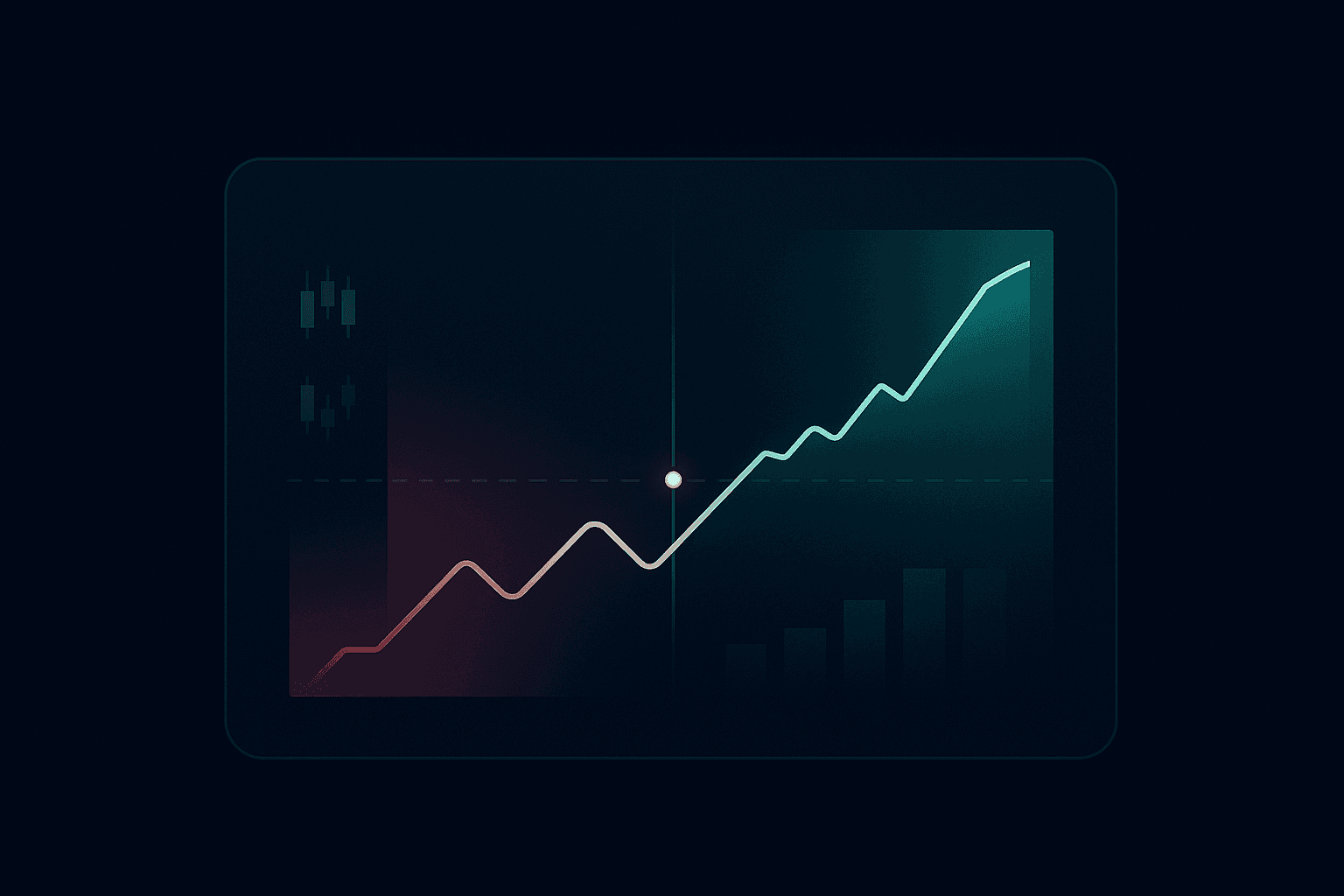
Stock Risk–Reward Calculator
Plan entries, stops, targets and size your trade from account risk. Animated R:R gauge, breakeven win-rate, fees/slippage, and expectancy — in one view.
R:RPosition sizingExpectancy
Trade setup
Direction flips how stop/target deltas are interpreted.
Many traders use ~1–2%.
e.g., 1, 25, 100…
Sized quantity: 125
R:R planningPosition sizingExpectancy
Tip: Use 1R / 2R / 3R to quickly set a target that’s a clean multiple of your stop distance. Fees update the breakeven price so you can see where costs start to matter.
How to use this calculator
- Pick Long/Short, then set Entry, Stop, Target. You’ll see risk/share, reward/share and the R:R ratio.
- Size by shares or toggle size from risk % to use account-based risk. Round to a lot size if needed.
- Add fees/slippage to update breakeven price and net P/L.
- Use Win-rate % to estimate expectancy (average P/L per trade over time).
Notes & limitations
- Gaps, borrow costs and fills can differ from assumptions — stress test wider stops and higher slippage.
- R:R doesn’t predict any one outcome; it helps compare setups. Pair with process & risk rules.
- Education only — not financial advice.
Results & visuals
Risk / share
2.00
Entry − Stop
Reward / share
4.00
Target − Entry
R:R & breakeven
2.00
Breakeven win-rate ≈ 33.3%
R:R gauge (capped at 3×)
2.00 / 3.00
Reward vs Risk
Reward
Risk
Reward4.00
Risk2.00
R:R 2.00x• Breakeven win-rate: 33.3%
Potential Loss (gross → net)
$250.00 → $250.00
Qty: 125
Potential Profit (gross → net)
$500.00 → $500.00
Breakeven price (incl. fees): 100.00
Expectancy (avg. P/L per trade)
$125.00 per trade
R-multiplesBreakevenFees & slippage
Expectancy ≈ Win% × NetReward − (1 − Win%) × NetRisk. This is an average over a series of trades (variance can be large).